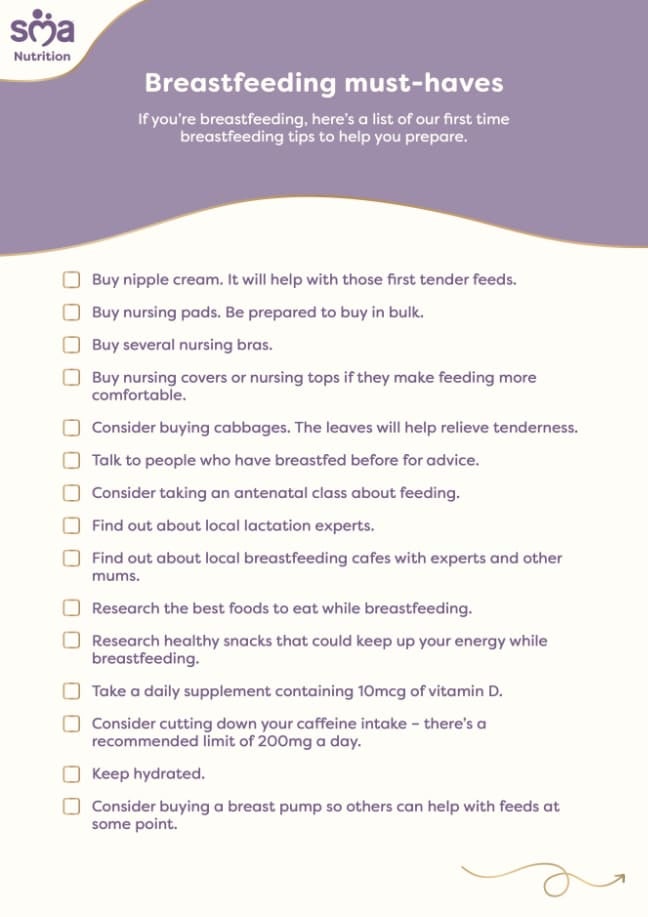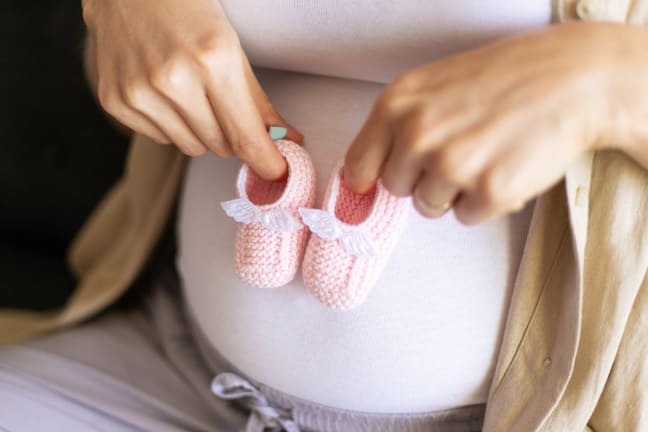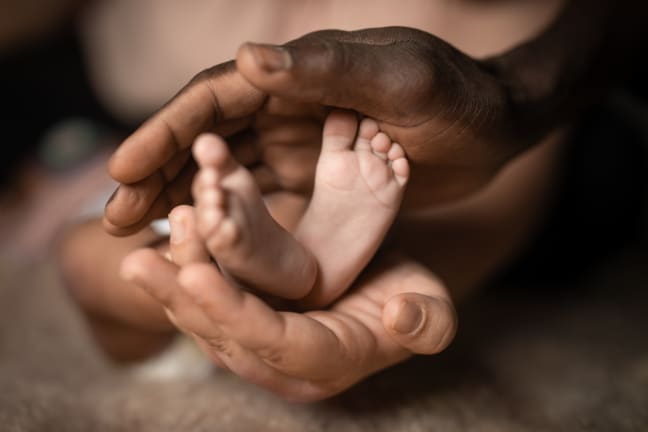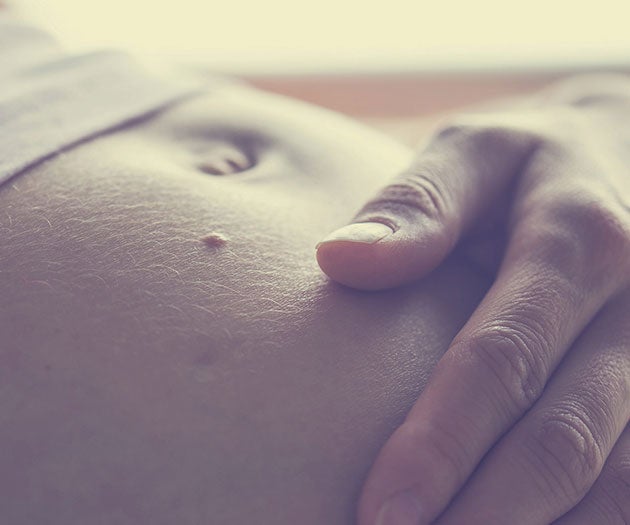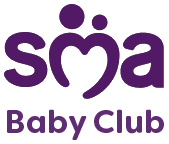Introduction
At week 35 your baby’s lung have fully developed and they’re ready to breath in the outside world. Breathing for you should be a little easier now as well, as your baby has moved their head downwards in to your pelvis giving your lungs a bit more space. Essential fatty acids are an important part of your diet, read our list of foods which are rich in omega 3 and 6. Still having difficulty in sleeping? Read our top tips to get into a good sleep routine and information of what to expect at 35 weeks pregnant.
What happens at 35 weeks pregnant?
The size of your baby at 35 weeks is similar to a bunch of bananas and they’re gaining weight nicely. They’re padding up with fat now and could put on anything between a half to two kilogrammes between now and delivery day. Your baby’s lung development is now complete and they’re ready to breathe in the outside world. Their skull is still a little soft, which will help when it comes to moving through the birth canal. Your amniotic fluid has reached peak levels and when baby is ready to be born your waters might break, but sometimes this doesn’t happen until much later on during labour. If they do break seemingly out of nowhere, then it’s time to get on the phone to the hospital as they may need you to come in to be seen.
What happens to your body at 35 weeks pregnant?
Your ankles may have completely disappeared by now (remember drinking water helps beat water retention) and heartburn and reflux could still be playing havoc. On the plus side you could find breathing easier and your indigestion might be easing off a little.
That’s because by now your baby has most likely moved their head downwards into your pelvis, pressing your uterus down, giving your lungs and stomach a bit more space. This stage is known as ‘engagement’ or sometimes as ‘lightening’ as the pressure is taken off your lungs and stomach. It usually happens 2-4 weeks before labour. There are some ups and downs to this stage. On the plus side, breathing and eating will be easier as there is less pressure on your lungs and stomach, but you may need to urinate more often as the pressure is now being pressed more on the bladder. Here are some other signs that your baby might have ‘engaged’:
- Your breathing feels easier
- You may get some relief from heartburn
- You may start carrying your baby lower
- You may develop haemorrhoids (or if you have them already, they may get worse)
- Your lower back pain may get worse
- You may be able to manage more food without feeling uncomfortable, as there is less pressure on your stomach
- You might find it more uncomfortable to walk
As they get ready for birth this may cause you to feel some slight pain and discomfort in your abdominal area. With all these pains and twinges going on, you’ll definitely get the feeling that your body is preparing for birth.
If some of those pains are really intense, especially under your ribs, it’s a good idea to let the hospital know. This symptom can be linked to a condition called pre-eclampsia. Hopefully it just turns out to be baby doing a bit of football training.
What to eat at 35 weeks pregnant?
Even though you’re on the home stretch and baby is fully developed, they’re still growing fast so it’s really important to stick to healthy eating. Here’s a guide on what to eat when breastfeeding, if you’re thinking of doing so.
They’ve had a bad name in the past, but fats are necessary for our bodies. Especially those fats our bodies can’t produce on their own. The essential fatty acids come from either the omega-3 or the omega-6 families and we need a balance of both to survive and thrive. So, it’s important for you and baby to eat foods with the correct amounts of these two essential fatty acids. Omega-3 tends to get missed off menus more, so if you’re thinking about correcting the balance, it might be worth adding a few ingredients from the list below to your weekly shop.
While omega-3 is important, if you’re pregnant, trying to become pregnant, or breastfeeding, you should eat no more than two portions of oily fish per week. So, eating when pregnant is a fine art, but one you’re sure to master with a little bit of planning. Due to high levels of mercury, you should avoid shark, marlin and swordfish completely. There’s plenty more fish in the sea (and rivers), as you can see below.
For omega-3 fats:
- Anchovies
- Bloater
- Carp
- Herring (Kippers)
- Mackerel
- Pilchards
- Salmon
- Sardines
- Sprats
- Trout
- Whitebait
- Chia seeds
- Ground linseed
- Walnuts
- Rapeseed/Flaxeed oil
For omega-6 fats:
- Poultry
- Eggs
- Walnuts
- Hulled sesame seeds
- Cereals
- Durum wheat
- Whole-grain breads
- Pumpkin seeds
- many fruit and vegetable oils like blackcurrant seed, linseed and sunflower seed oils
Foods like yoghurts, fruit and vegetables – especially green veg – are essential to ensure you don’t develop a nutrient deficiency like anaemia.
Your diet during the first 1000 days of baby’s life will be vital to give your little one the best possible start. Everything you eat while pregnant affects baby’s development, and a good diet can have life-long benefits.
What are the symptoms of 35 weeks pregnant?
35 weeks pregnancy symptoms can include difficulty sleeping. With your ever-expanding bump you might find it difficult to get comfortable – let alone all the trips to the loo in the night. If you haven’t invested in one already it might be worth getting a pregnancy pillow, these are useful for supporting your body when you are trying to sleep and help to prevent back ache. Why not ask your friends who have kids if they still have theirs that you can borrow. If budget is a bit tight though you can always create a makeshift one. Lie on your side and place a pillow between your knees and a pillow supporting your bump. This should help you feel a bit more comfortable. If you are still having difficulty in sleeping, try these top tips:
- Avoid all caffeine – try decaffeinated tea and coffee and caffeine free cola
- Avoid eating too close to bedtime as this can contribute to heartburn
- Try some relaxation techniques before bedtime. Some pregnancy yoga or meditation might help
- Avoid any electronic screens for an hour before bedtime
- Allow 30 minutes unwind time, for reading, listening to calming music or some light stretches
- Ensure you have rest time during the day but avoid excessive naps as you may find it difficult to get to sleep at night.
You can also read out article for more guidance on getting a good nights sleep.
Breastfeeding facts
During the last stages of pregnancy it’s common to have questions and concerns about breastfeeding, especially if you’ve never done it before. But it’s worth remembering that breastfeeding is one of the most natural things in the world and there are many breastfeeding benefits. Baby has practiced sucking in the womb and you’ll soon see they know what to do instinctively. If you have any troubles or questions, there’s lots of help around: from midwives, to local support groups to your peers, many of whom may have done this before.
Your breast milk is the best thing you can give your baby because you’ve tailor-made it just for them. If all is growing well, from around week two after birth, babies start to put on about 30g a day.
What‘s more, your breast milk automatically adjusts to your baby’s needs. At the start of a feed, the milk is thin and watery to quench thirst. Then it gets thicker and more nutrient-rich to satisfy baby’s appetite. When your child develops a bigger appetite your body will adjust and produce more milk within two days. Almost like magic, the more they feed, the more you make.
You can discover more about the ins and outs of breastfeeding and caring for your newborn in our guide to breastfeeding. Also look at our handy checklist on the breastfeeding must haves.
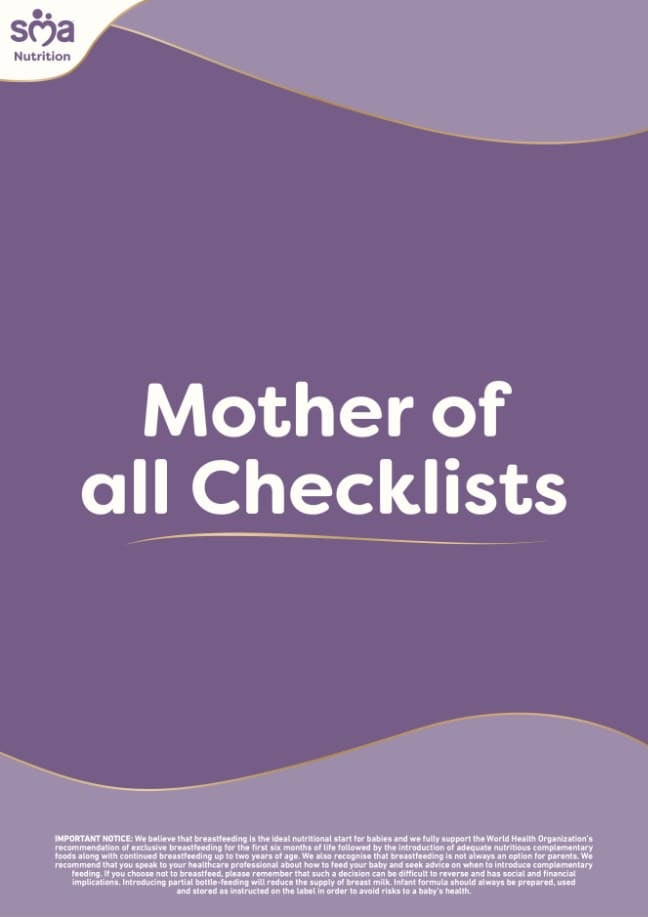
Join SMA® Baby Club to receive the Mother of all Checklists. With 63 checklists across your parenting journey from pregnancy through to toddlerhood we have you covered.




![week-35-body_850-1.jpg food that contain omega 3 recommended for 35 weeks pregnant mother]](/sites/default/files/2023-09/week-35-body_850-1.jpg)

